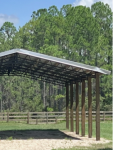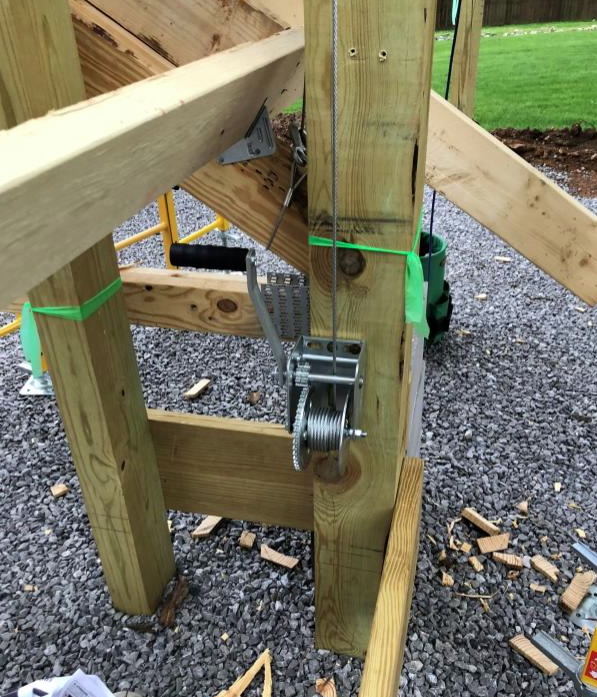Elevating to Avoid Flood Level
Building in flood zones can be problematic, with one solution being to elevate to get usable spaces above high water mark. Typically jurisdictions and insurance companies want to get structures above 100 year occurrence flood level, however to error towards caution’s side can prove advantageous.
Today’s article has been sparked by reader MJ in DRAKE who writes:
“What is maximum narrowness and tallness a pole barn home/resort can be constructed? I am planning to build one on a narrow site that was previously flooded, and the prior structure was destroyed. I also plan to have the bottom floor just above the flood certificate level . Generally how deep into the ground are the poles placed, or are they bolted to a concrete pad? Was hoping putting them deep in ground would make them more flood proof and insurable. Was also considering having the area beneath the bottom floor serve as a drive through tandem parking structure. Has this been done?
Any other thoughts or factors come to mind, when considering my plan? Any specs or materials I need to be sure to include, like galvanized ?
Many thanks, for your thoughts and expertise as I research before buying the lot.”
Mike the Pole Barn Guru responds:
 Narrowness will be determined by minimum width necessary for useful occupancy of your building. Consider shotgun houses, a one-time urban staple. “Shotgun’ references an idea if front and rear doors were opened a shotgun blast fired into a house from an open front doorway would fly cleanly to other end and out back door. Many of these shotgun houses were no more than 10 and 12 feet in width!
Narrowness will be determined by minimum width necessary for useful occupancy of your building. Consider shotgun houses, a one-time urban staple. “Shotgun’ references an idea if front and rear doors were opened a shotgun blast fired into a house from an open front doorway would fly cleanly to other end and out back door. Many of these shotgun houses were no more than 10 and 12 feet in width!
Height will be dictated by maximum column length of 60 feet, other than Code limits wall height to 40 feet, without sprinklers. An additional 10 feet of wall height can be allowed, provided appropriate fire suppression sprinklers are installed. Column depth will be determined by soil characteristics of your site, building height and climactic loads. Certainly having parking in an area beneath your first floor would be possible.
Top priority when considering your structure – to either have it designed by a competent RDP (Registered Design Professional – engineer or architect) or to engage a firm providing a complete materials kit package. The package must include engineer sealed plans specific to your building upon your location.
You can read more about stilt houses here: https://www.hansenpolebuildings.com/2017/09/stilt-houses/.









